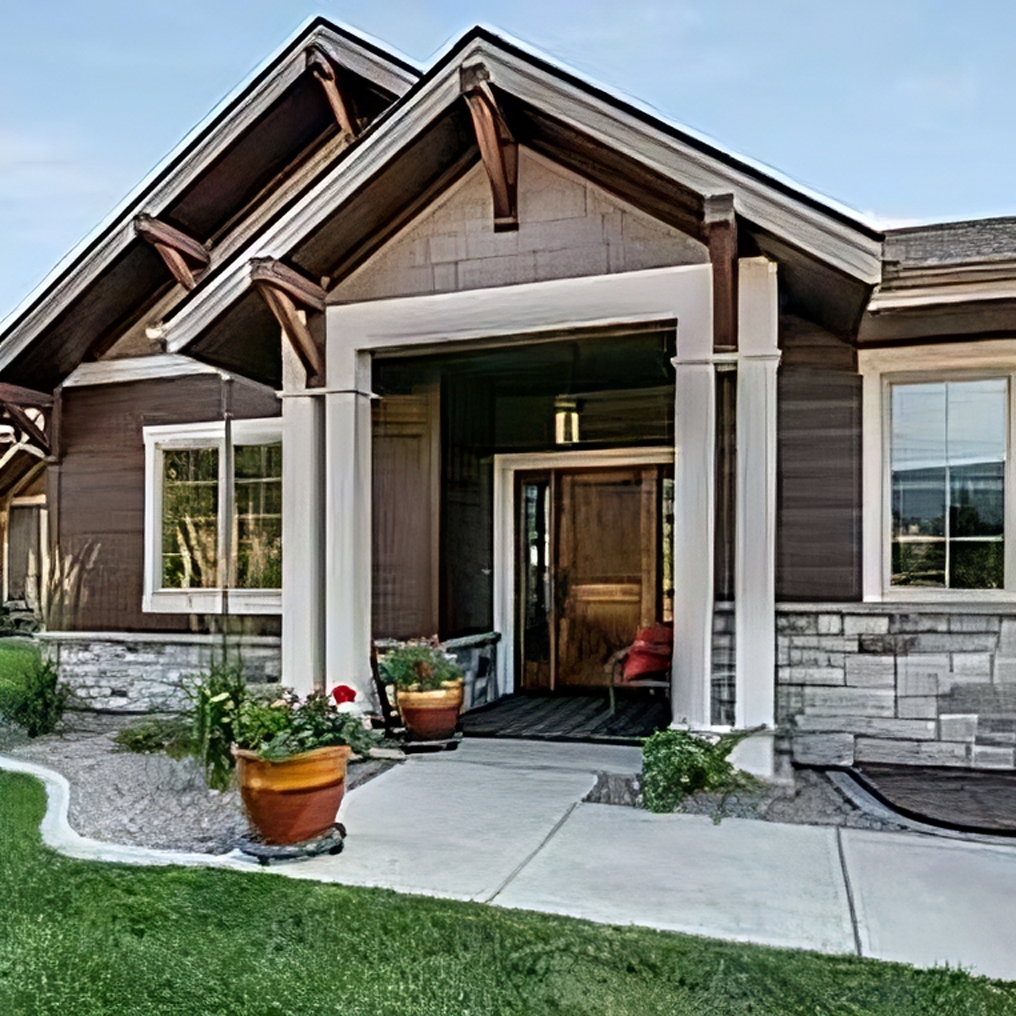At Reliable Design-Build-Remodel, we understand that achieving a beautiful, durable finish on your woodworking projects is crucial. Polyurethane is a popular choice for protecting and enhancing the appearance of wood, but applying it correctly can be challenging. In this blog, we’ll guide you through the best methods for applying polyurethane to ensure a smooth and professional finish.
What is the Best Way to Apply Polyurethane?

The best way to apply polyurethane depends on the type you are using—oil-based or water-based—and the surface you are finishing. Generally, applying thin, even coats is crucial. Start by sanding the wood surface with fine-grit sandpaper (220-grit) to create a smooth base. Remove any dust with a vacuum or tack cloth. Stir the polyurethane gently to avoid introducing bubbles. Using a high-quality brush or foam applicator, apply the first coat in long, even strokes, following the grain of the wood. Allow it to dry completely, lightly sand with fine-grit sandpaper, and clean the surface before applying additional coats. Multiple thin coats yield a more durable and attractive finish than a single thick coat.
How Do I Get a Smooth Finish with Polyurethane?
Achieving a smooth finish with polyurethane requires patience and attention to detail. After applying each coat, let it dry fully. For oil-based polyurethane, this can take up to 24 hours, while water-based polyurethane typically dries faster. Once dry, lightly sand the surface with fine-grit sandpaper (320-grit or higher) to remove any imperfections, dust particles, or bubbles. Use a vacuum or tack cloth to clean the surface before applying the next coat. Repeat this process for each coat. For the final coat, avoid sanding to maintain a high-gloss, smooth finish. Work in a dust-free environment to prevent particles from settling on the wet surface, and consider using a self-leveling polyurethane for an even smoother finish.
Do You Use a Brush or Rag for Polyurethane?

Choosing between a brush and a rag for applying polyurethane depends on the type of finish you desire and the specific project. Brushes, particularly high-quality synthetic bristle brushes, are ideal for achieving a thick, durable coat and are generally used for larger, flat surfaces like tabletops and floors. Foam brushes can also be used for a smooth application. Rags, on the other hand, are excellent for applying wipe-on polyurethane, which is thinned and requires multiple coats to build up a finish. This method is suitable for intricate or vertical surfaces where brush marks might be problematic. Both methods have their merits, but for a more traditional and robust finish, brushes are typically preferred.
What is the Best Applicator for Polyurethane?
The best applicator for polyurethane depends on the type of polyurethane and the project at hand. For oil-based polyurethane, a natural bristle brush works well, providing a smooth application and excellent coverage. Synthetic bristle brushes are preferred for water-based polyurethane due to their resistance to water absorption and retention of shape. Foam brushes are versatile and can be used for both types, especially for smaller projects or detailed work. For wipe-on polyurethane, a lint-free cloth or rag is the best choice, allowing for thin, even coats without streaks. Regardless of the applicator, always choose high-quality tools to minimize brush marks and ensure a flawless finish.
Should You Wet Your Brush Before Applying Polyurethane?
Wetting your brush before applying polyurethane is not necessary and can actually hinder the application process. Instead, ensure your brush is clean and dry before dipping it into the polyurethane. However, this is only for oil-based finishes. For water-based polyurethane, you might consider slightly dampening the brush with water to help with even distribution, but this is generally not required. For oil-based polyurethane, never wet the brush with water, as this can cause adhesion issues. The key is to use a high-quality, dry brush and apply the polyurethane in thin, even coats, allowing each coat to dry thoroughly and sanding lightly between coats for the best results.
How Many Coats of Polyurethane Do I Need for a Smooth Finish?
The number of coats of polyurethane needed for a smooth finish depends on the type of polyurethane and the desired durability. For most projects, three to four coats of oil-based polyurethane are sufficient to achieve a smooth and durable finish. Water-based polyurethane may require an additional coat or two due to its thinner consistency. Start with a base coat, followed by light sanding and cleaning. Apply subsequent coats, sanding lightly between each to ensure adhesion and smooth out imperfections. For high-traffic areas or surfaces requiring extra durability, consider adding an additional coat. The final coat should be applied carefully to avoid any imperfections, resulting in a glossy, smooth finish.
Learning how to apply polyurethane can seem daunting, but with the right tools and techniques, you can achieve a professional and durable finish. At Reliable Design-Build-Remodel, we’re here to help you with all your remodeling and finishing needs. By following these guidelines—using the right applicator, applying multiple thin coats, and sanding between each—you’ll ensure your wood surfaces look beautiful and last for years to come. If you have any questions or need further assistance with your project, feel free to contact us. Happy finishing!

Reliable Design-Build-Remodel is a full service general construction firm and remodeling contractor operating in the Birmingham metro and Jefferson and Shelby County areas and surrounding communities, including Birmingham, Helena, Chelsea, Mountain Brook, Hoover, Homewood, Montevallo, Alabaster, Vestavia Hills, and Pelham, with over 30 years of servicing our valued clients. Offering full service suite of general remodeling, design and build services. Our specialties include bathroom remodeling, kitchen remodeling, exterior renovations, interior renovations, painting, and more!
Visit us at reliablerem.com, and like and follow us on Facebook and Instagram!















